One of the design requirements for the networks that evolved into the Internet was the ability to keep functioning, even if some nodes or links were disabled or destroyed in war. The packet-switched architecture that still powers today’s Internet is a direct result of that: if one link stops functioning, information is automatically re-routed towards its intended destination. However, with tech giants occupying increasingly large parts of the global internet, an outage at one of them might still cause major disruption. In addition, a large-scale power interruption can disable large parts of the network if multiple nodes are connected to the same grid.

Enter the LoRa Birdhouse project by the Wellesley Amateur Radio Society that solves those two problems, although admittedly at a very small scale. Developed by amateur radio operators in eastern Massachusetts, it’s basically a general-purpose LoRa-based packet-switching network. As it’s based on open-source hardware and commonly available components, its design allows anyone to set up a similar network in their own area.
The network is built from nodes that can receive messages from their neighbors and pass them on towards their final destination. Each node contains a Semtech SX1276 transceiver operating in the 902-928 MHz band, which gets its data from an ESP32 microcontroller. The nodes are placed in strategic locations outside and are powered by solar panels to reduce their ecological footprint, as well as to ensure resilience in case of a power outage. To make the whole project even more eco-friendly, each node is built into a birdhouse that provides shelter to small birds.
Users can access the network through modified network nodes that can be hooked up to a PC using a USB cable. Currently, a serial terminal program is the only way to interact with the network, although a more user-friendly interface is being planned. FCC rules also require all users (except any avian residents) to be licensed amateur radio operators, and all traffic to remain unencrypted. Tests have shown that one kilometer between nodes can work in the right conditions, enabling the deployment of networks across reasonably large areas.
While the Birdhouse Network might not be a plug-and-play internet replacement in case of a nuclear apocalypse, it does provide an excellent system to experiment with packet-switching wireless network technology. We’ve seen similar LoRa-based network initiatives like Qmesh, Cellsol and Meshtastic, all of which provide some way to communicate wirelessly without requiring any centralized hardware.

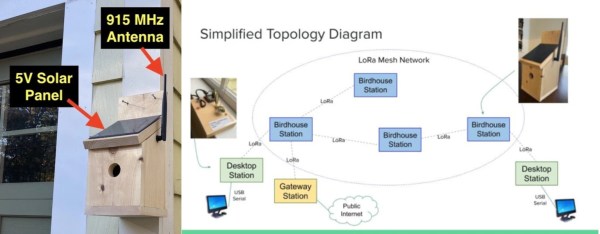
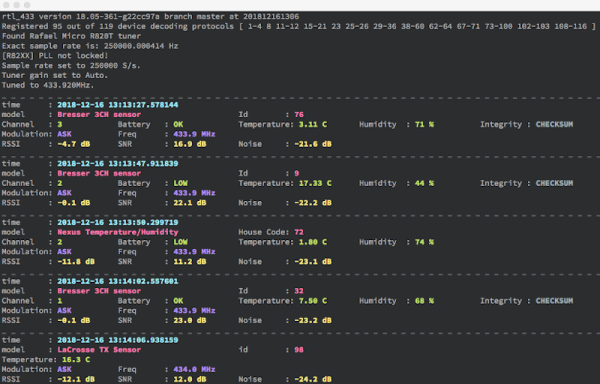

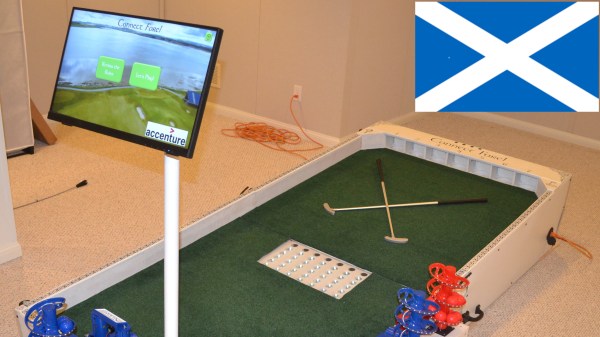
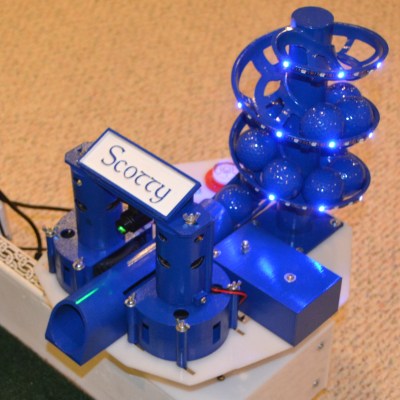
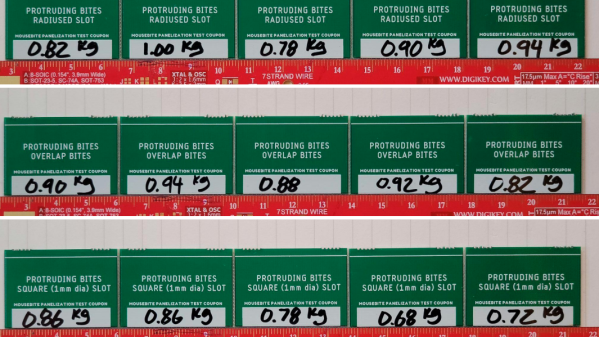



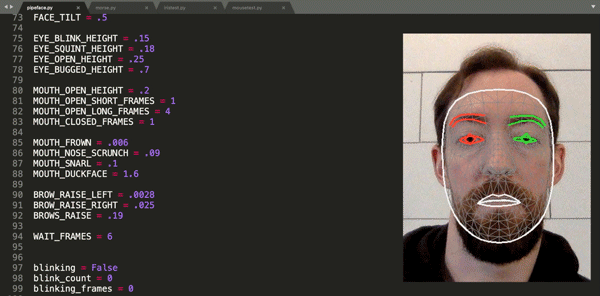 Finding himself in such a boat, [Fletcher]’s solution was to build
Finding himself in such a boat, [Fletcher]’s solution was to build 









